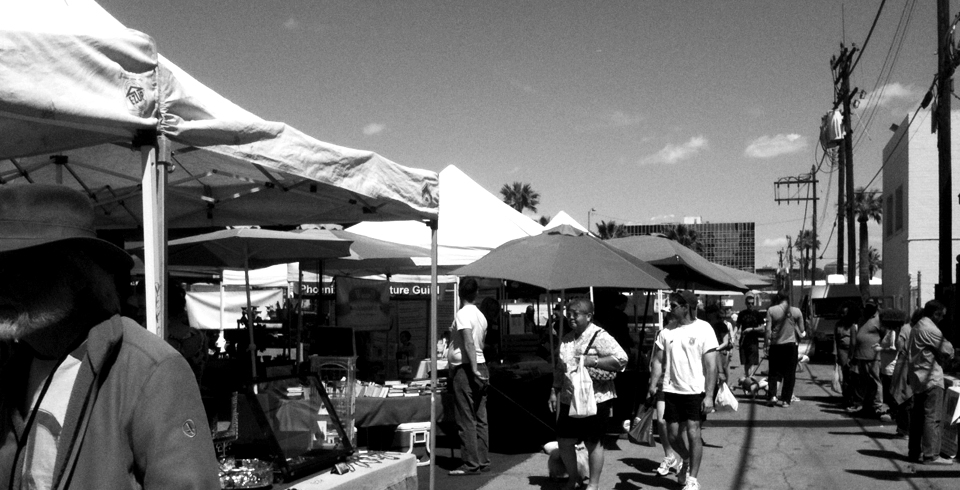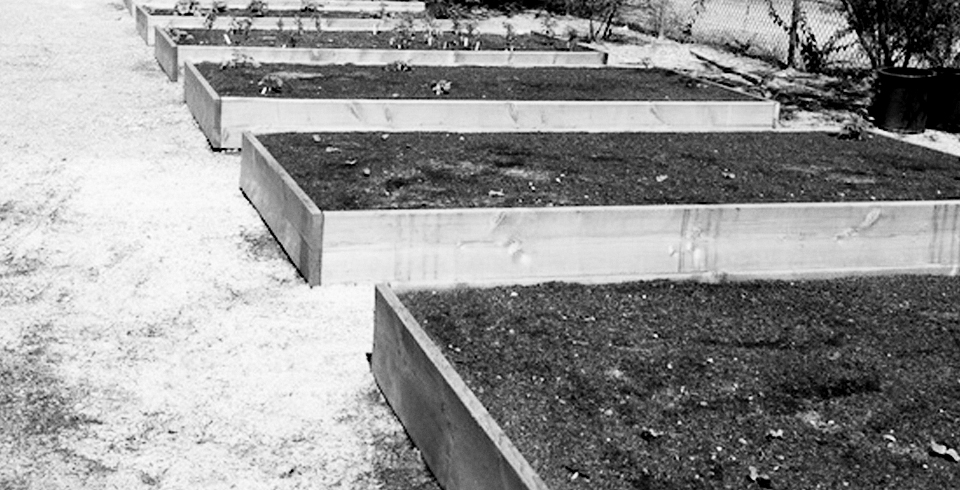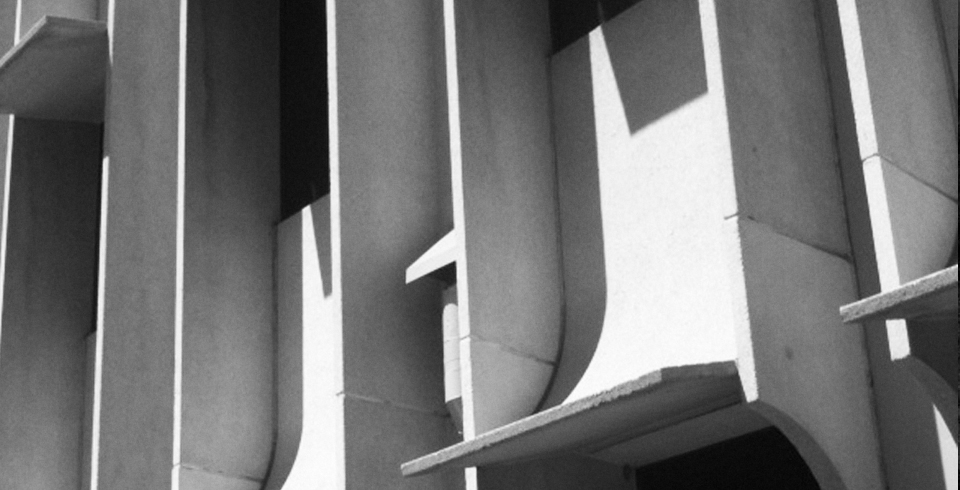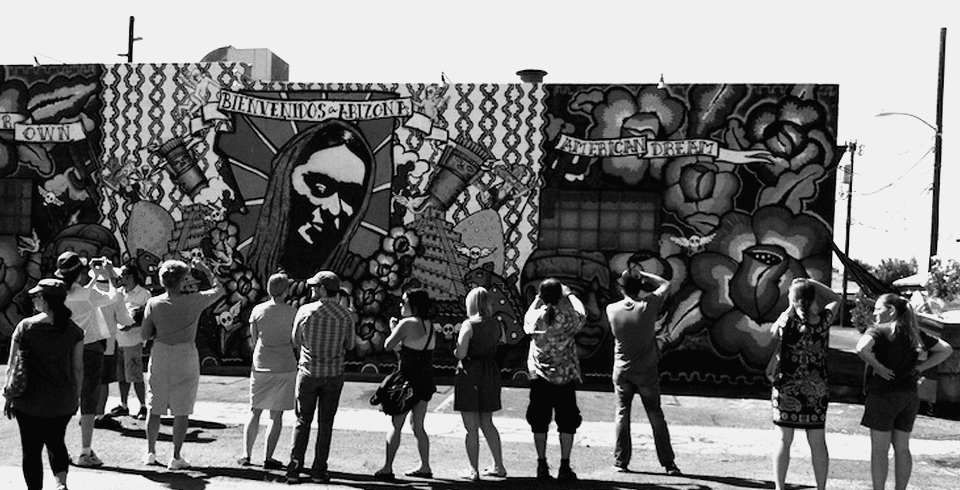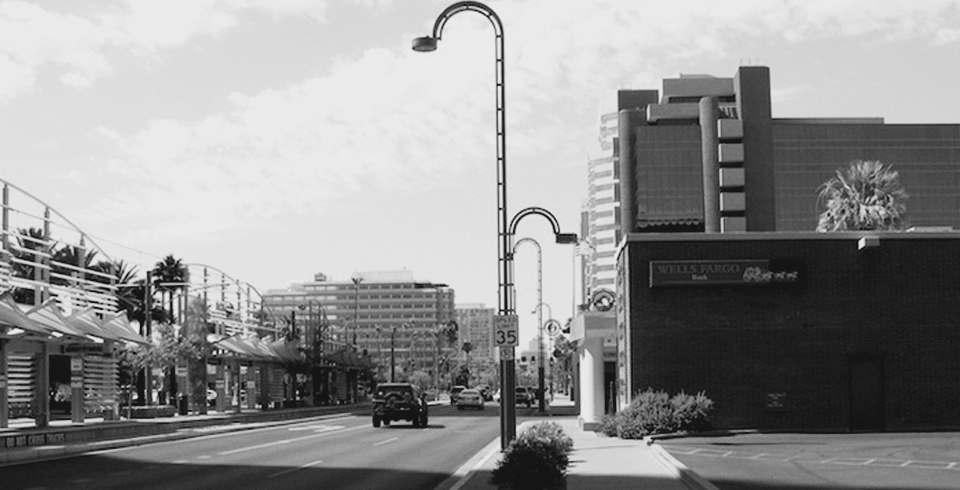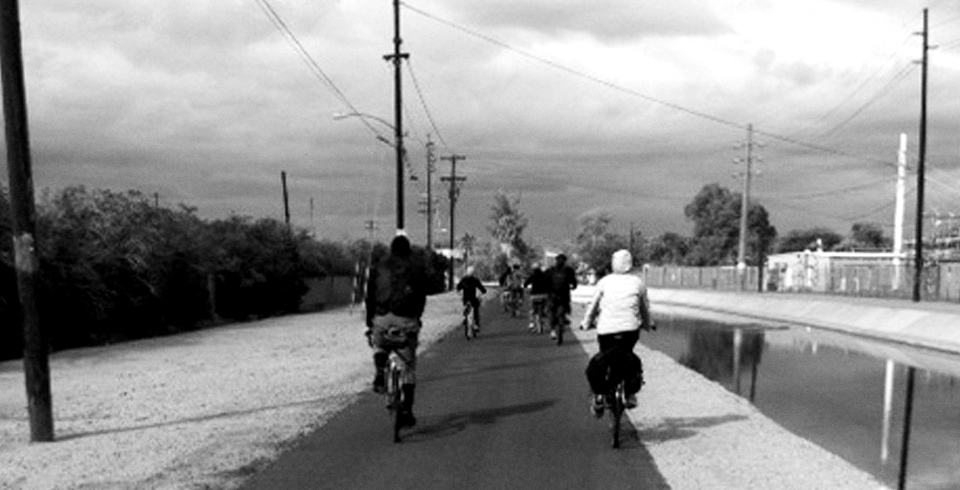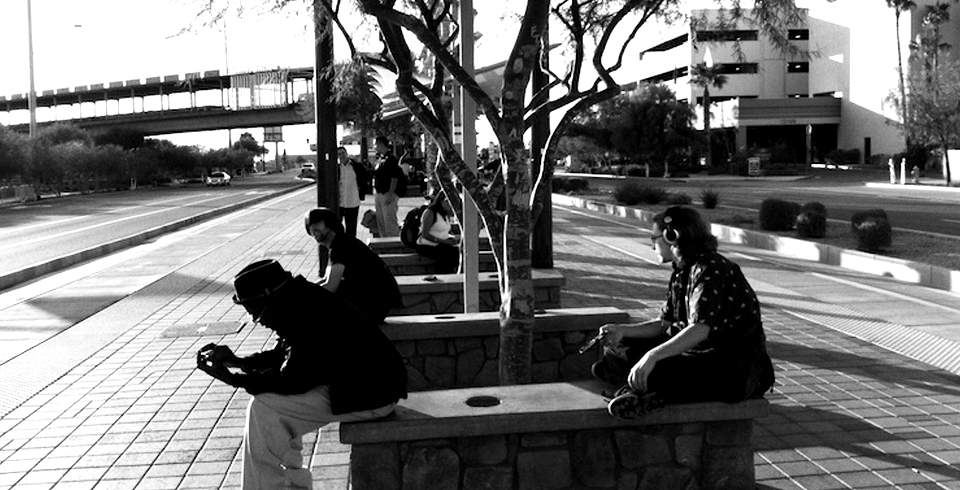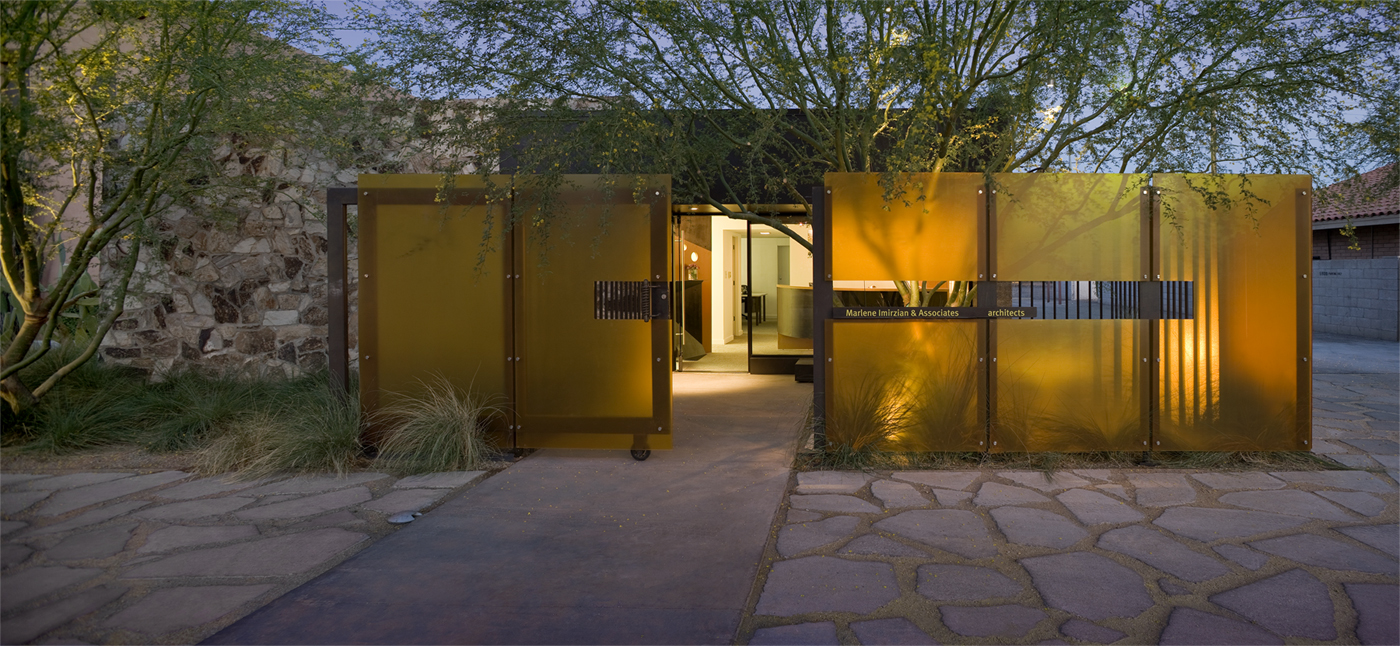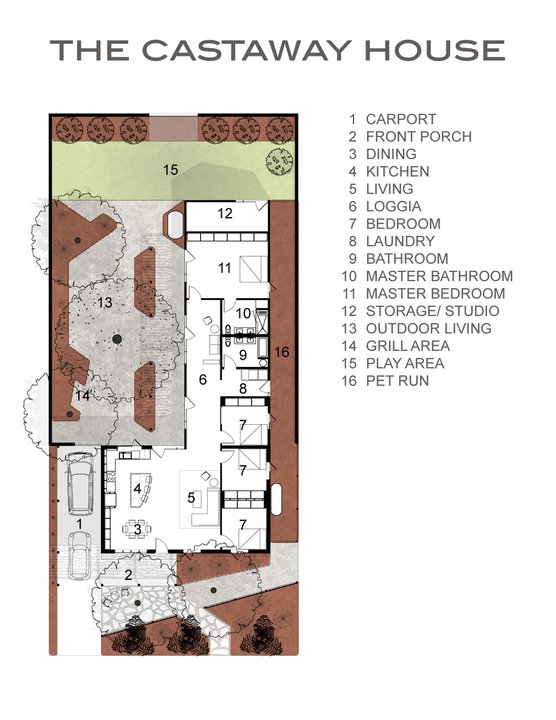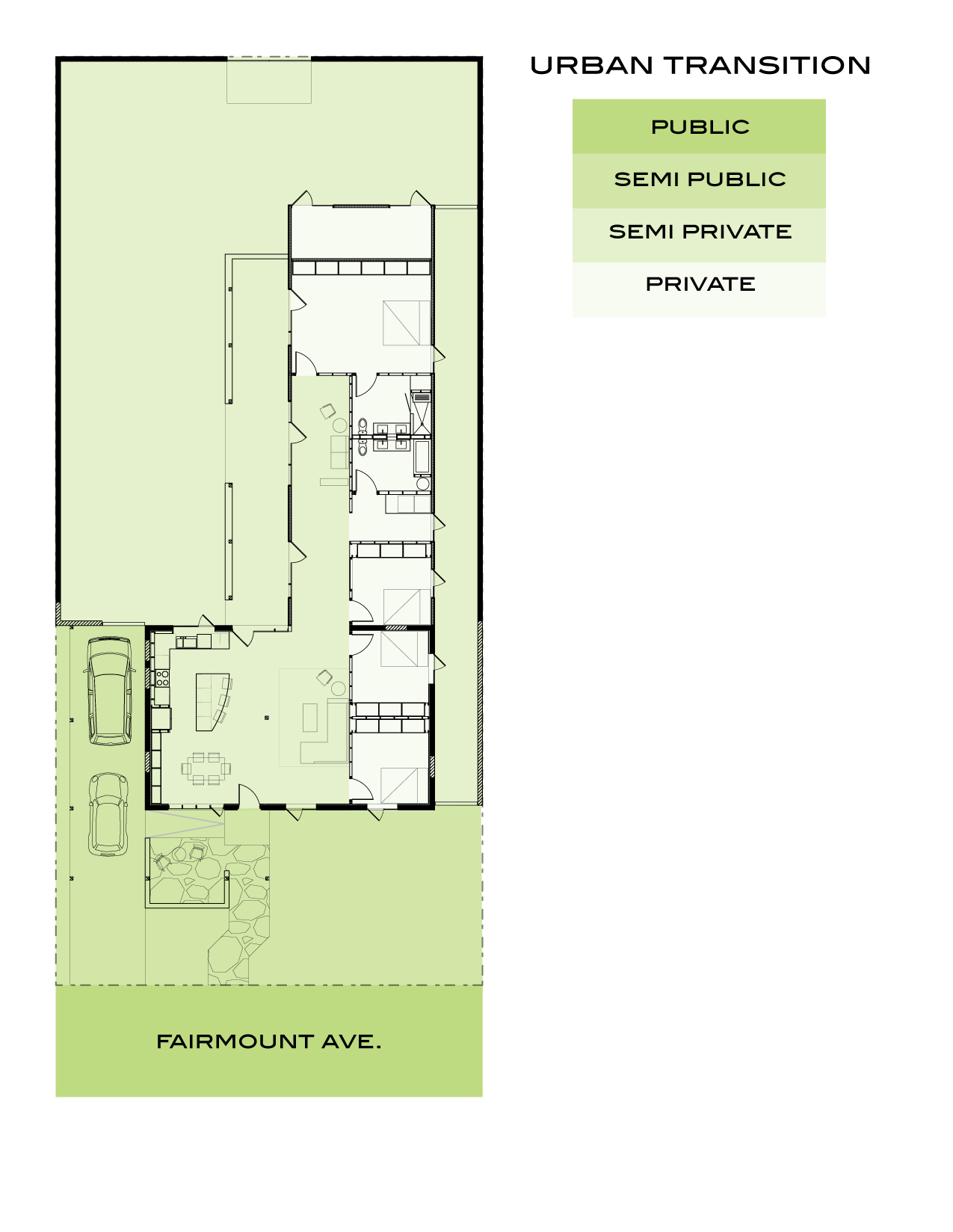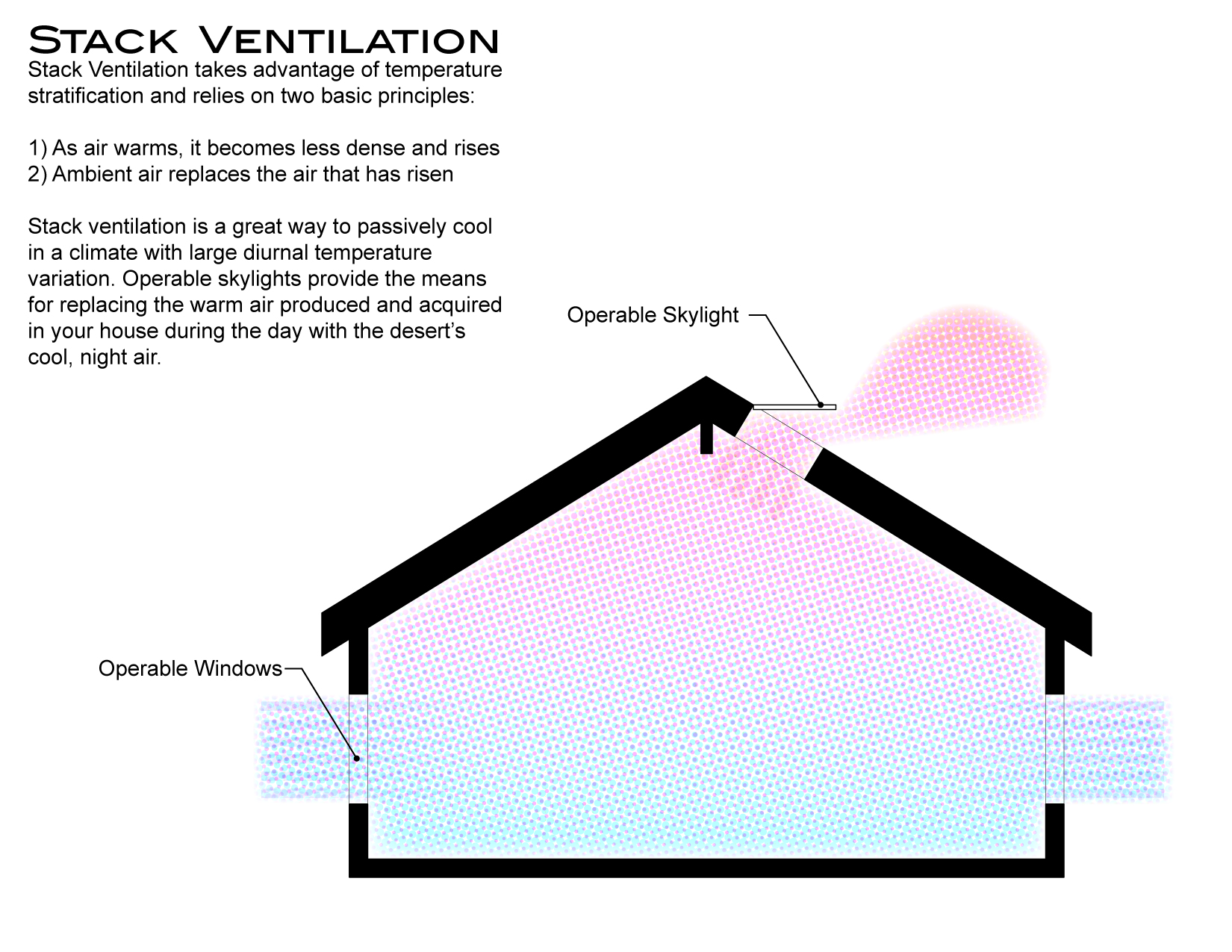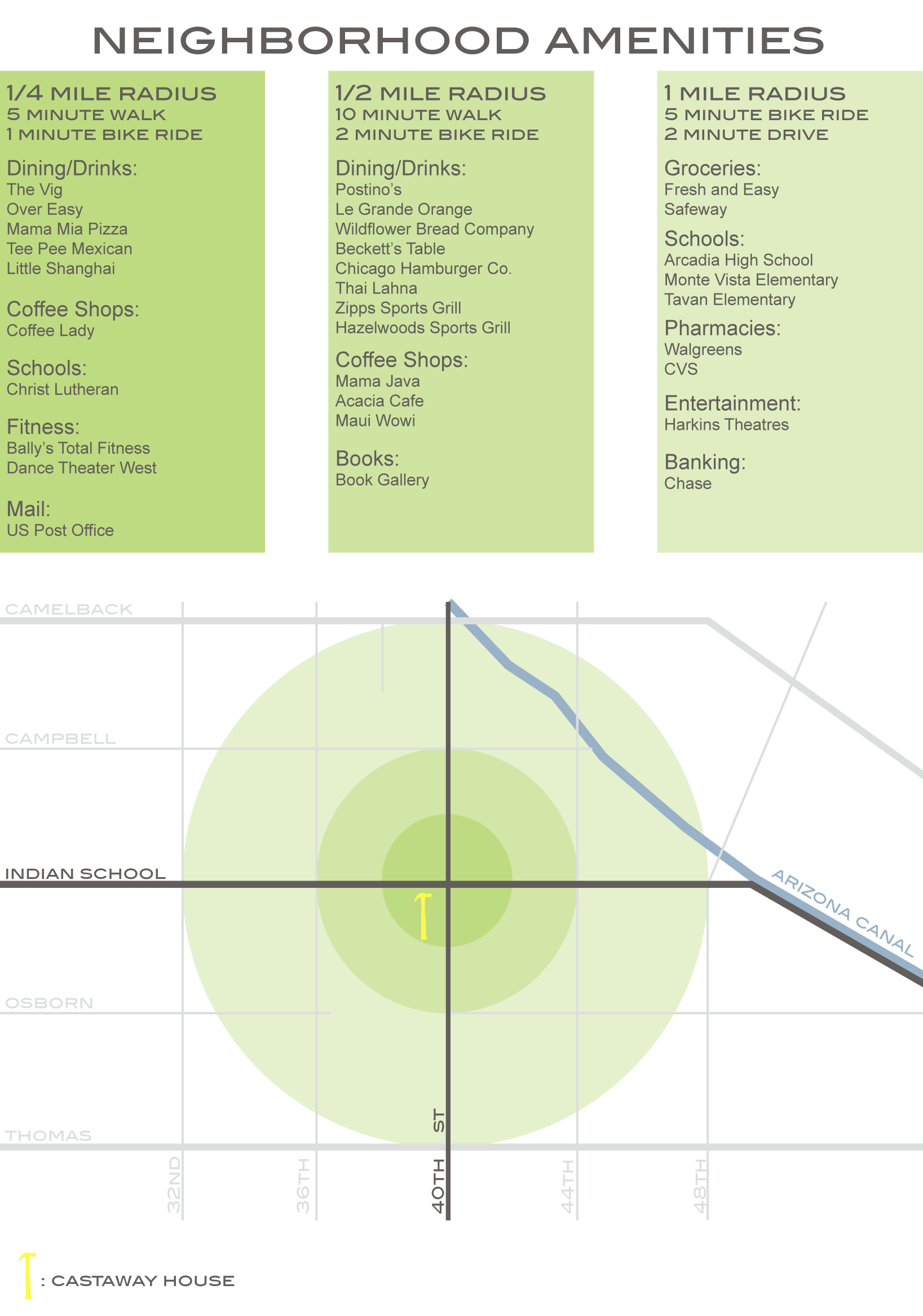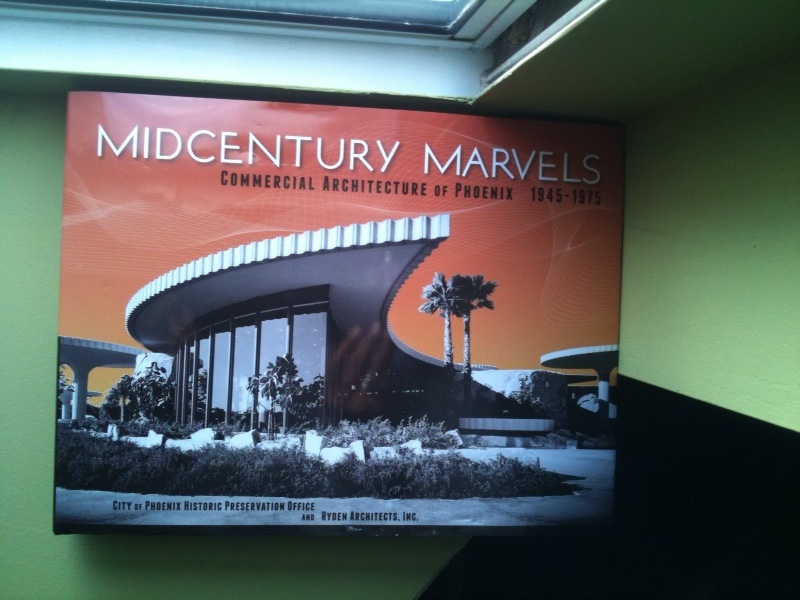Tweet A few weeks ago I had the pleasure of meeting with architect Marlene Imirzian at her office in Sunnyslope. I’m a big fan of Marlene’s not only because of her fantastic work and embededness in the community but because she is a great example of a premier woman architect here in the Valley. Below is our conversation. Blooming Rock: Can you tell me a little bit about working with Gunnar Birkerts and William Kessler and how its influenced your work? Marlene Imirzian: I am an architect because of Gunnar. Gunnar Birkerts is not well known today but at the…
Archive for the ‘architecture’ Category
Tweet A lot of times designers and architects tend to dream big and forget about the budget. And important part of making realistic plans is to put numbers to the design as early in the game as possible, so you know you’re not way off track. So at Castaway House, now that we have solidified a schematic design for the house, both interior, exterior and landscape, we are getting bids from contractors. There are two reasons to do this early in the game rather then when the drawings are complete and into the city for permit review, which is the…
Tweet Today I’m posting the final part of my video interview with Eddie Jones. If you missed the first and second part, go back and take a look. In today’s post, Eddie talks about 3 aspects he considers that make good architecture. And lastly, he talks about what every young prospective or already in the field architect should know. Part V: Eddie on what makes good architecture Part VI: Eddie’s advice to up and coming architects
Tweet Last week, when I interviewed architect Marlene Imirzian (I’ll be posting the interview next week), she said that every project has a public aspect to it, even private residences. What she meant was that even houses have a way to address the street, have a front yard that the public can see, and has a front door for the public to knock on. Good architecture addresses the public face of the house with intention. At the Castaway House, we have layers of space that lead from the public to the private. The diagram below, created by Cavin, illustrates what…
Tweet Today’s post is the second third of my interview with Phoenix architect Eddie Jones. I promised that I would post the entire second half today, but there is too much goodness and I don’t want you to miss out on any of it. So I’ll post the rest of the interview in a special edition of the blog this Thursday. Tomorrow I’ll give you an update on the Castaway House. If you missed the first two parts of this interview, go back and watch here. Below, find out why Eddie says that being named a key figure in the…
Tweet Last week I had the honor of interviewing one of my all-time favorite architects in the Valley, one of my heroes, Eddie Jones. Below are video segments of the first half of our interview. I hope you’ll be as inspired and thrilled as I was when you watch. Part I: Architects that have had the most influence on Eddie: Part II: Eddie on how his work responds to the local context and what sustainability means to him: Stay tuned for the second half of my interview with Eddie tomorrow!
Tweet In this update: I. Claire walks us through the multiple considerations that go into every decision II.The idea of a triple bottom line approach III. An illustration of the stack ventilation concept created by Cavin I. Claire at the Site II. The Triple Bottom Line Approach Claire talked about the multiple benefits of keeping the existing wood roof structure of this 1950s house and actually exposing it as a vaulted ceiling in the remodel. We try to use the triple bottom line to make most of the decisions at Castaway House. In the case of the existing roof…
Tweet In this update: I. Claire talks about the outdoor lifestyle in Phoenix II. The urban context of the Castaway House III. A quick survey on modes of transportation Outdoor Lifestyle: Urban Context: We’re designing for a sustainable lifestyle at Castaway House. A huge part of leading a sustainable lifestyle is where you live. Nowadays, big home builders are building new subdivisions way out in the outer suburbs, but are claiming to be green. Here at Blooming Rock and The Ranch Mine, we believe that location and place are fundamental to sustainability. Those “green” homes way out in the…
Tweet Today’s post is the second half of my conversation with local historic preservation architect Don Ryden and the author of Midcentury Marvels. If you missed part I, don’t forget to go back and take a look! Blooming Rock: You had mentioned the idea of communal memory at your lecture for the release of Midcentury Marvels at the Phoenix Council Chambers. Can you talk a little bit about this concept? Don Ryden: Communal memory is one of the reasons we deal with historic preservation. In the lecture I said it’s either love, money, or duty (why we preserve historic buildings)….
Tweet Two weeks ago I had the pleasure of sitting down with historic preservation architect Don Ryden in his office to talk about his fabulous new book, Midcentury Marvels. In talking with Don, I also wanted to clear up some haziness around what historic preservation really is. In today’s post which is only the first part of our conversation, Don talks about why Midcentury Marvels is hopefully only the beginning of a movement, and then he talks candidly about why he would never consider Wendell Burnette’s remodel of St.Francis as historic preservation. Below is part I of our conversation… Blooming…





